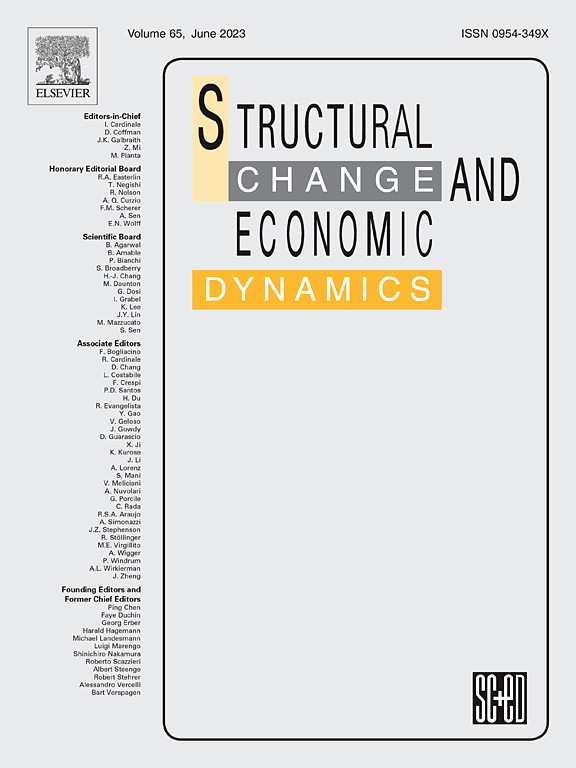Trade-off theory vs. the pecking order hypothesis: Japanese evidence on capital structure under financial constraints
IF 5.5
2区 经济学
Q1 ECONOMICS
引用次数: 0
Abstract
This paper investigates the explanatory power of the two predominant theories of capital structure, the trade-off theory and the pecking order hypothesis, in accounting for financial policy decisions of Japanese corporations. We conduct a “horse race” test similar to the one utilized in the seminal papers of Shyam-Sunder and Myers (1999) and Frank and Goyal (2009). This is the first paper to take into consideration the effect of monetary conditions and financial constraints on the performance of these two theories. The data set used includes 1528 public and 2143 private companies and covers the period of 1980–2007, thus employing 60,037 observations. We show that economic conditions affect the performance of the two models. The pecking order hypothesis works best during the high growth period of the 1980s, while the trade-off theory is the best performer during the stagnant growth period of the 1990s and the subsequent credit crunch. Our results also indicate that the explanatory power of these two theories varies for different groups of firms. The trade-off theory works best for companies with low levels of leverage while the pecking order hypothesis performs best for private companies and companies with high levels of leverage.
权衡理论与等级秩序假说:金融约束下资本结构的日本证据
本文考察了两种主要的资本结构理论——取舍理论和啄序假说在日本企业财务决策中的解释力。我们进行了一个“赛马”测试,类似于Shyam-Sunder and Myers(1999)和Frank and Goyal(2009)的开创性论文中使用的测试。这是第一篇考虑货币条件和金融约束对这两种理论表现的影响的论文。使用的数据集包括1528家上市公司和2143家私营公司,涵盖1980-2007年期间,因此使用了60,037个观测值。我们证明了经济条件会影响两种模型的性能。啄食顺序假说在20世纪80年代的高增长时期最为有效,而权衡理论在20世纪90年代的停滞增长时期和随后的信贷紧缩时期表现最佳。我们的研究结果还表明,这两种理论对不同的企业群体的解释能力是不同的。权衡理论最适用于低杠杆水平的公司,而优先顺序假说最适用于私营公司和高杠杆水平的公司。
本文章由计算机程序翻译,如有差异,请以英文原文为准。
求助全文
约1分钟内获得全文
求助全文
来源期刊

Structural Change and Economic Dynamics
ECONOMICS-
CiteScore
9.60
自引率
4.90%
发文量
159
期刊介绍:
Structural Change and Economic Dynamics publishes articles about theoretical, applied and methodological aspects of structural change in economic systems. The journal publishes work analysing dynamics and structural breaks in economic, technological, behavioural and institutional patterns.
 求助内容:
求助内容: 应助结果提醒方式:
应助结果提醒方式:


